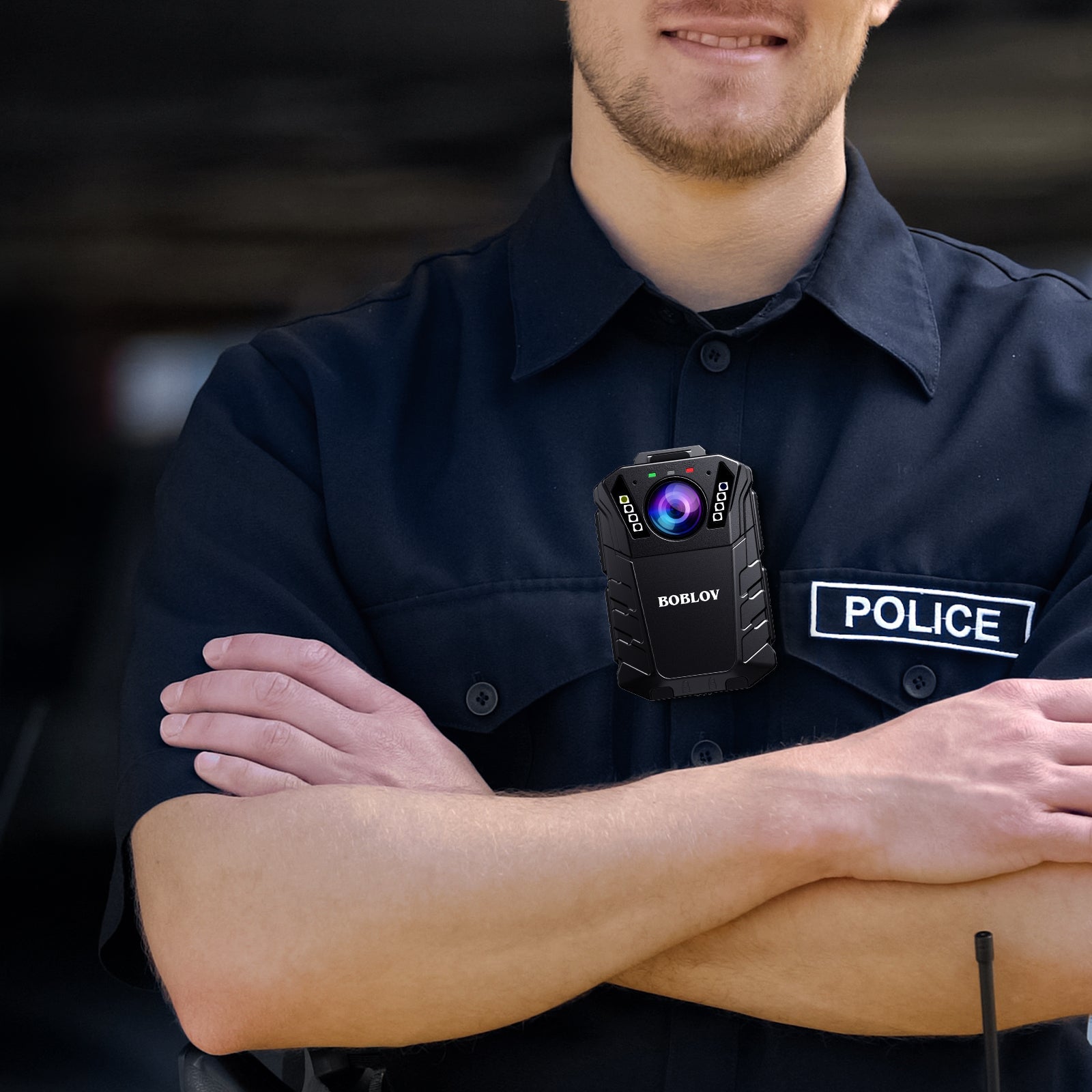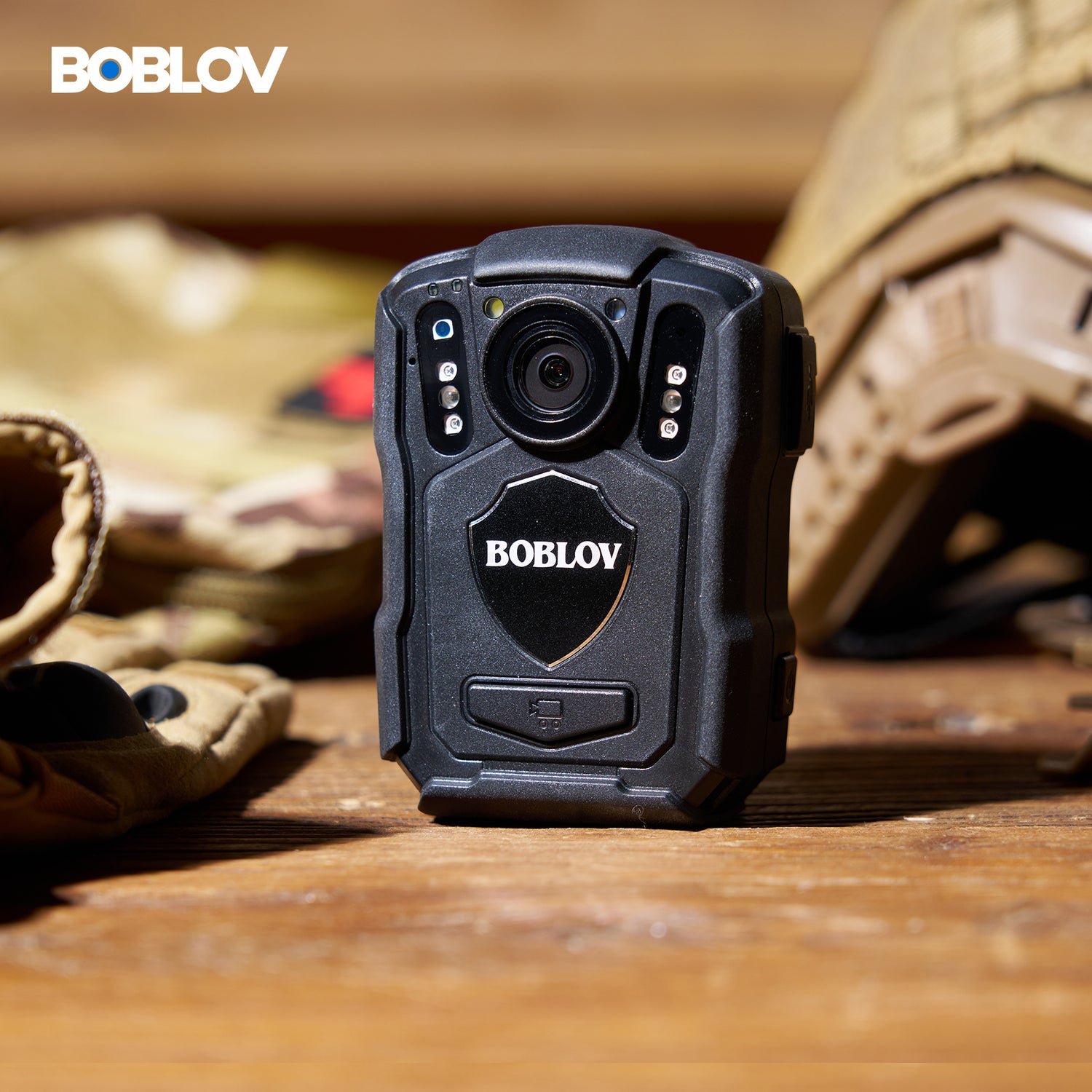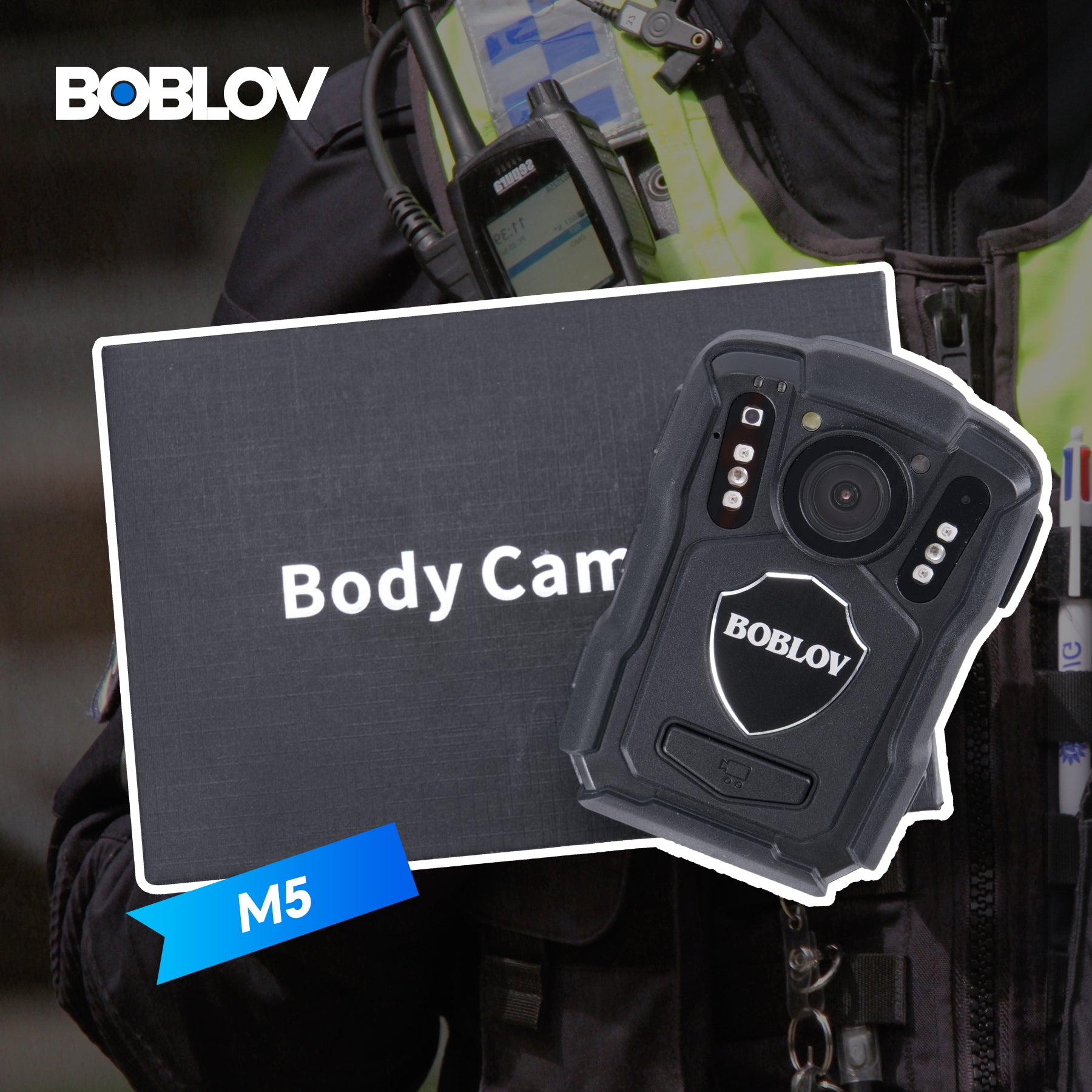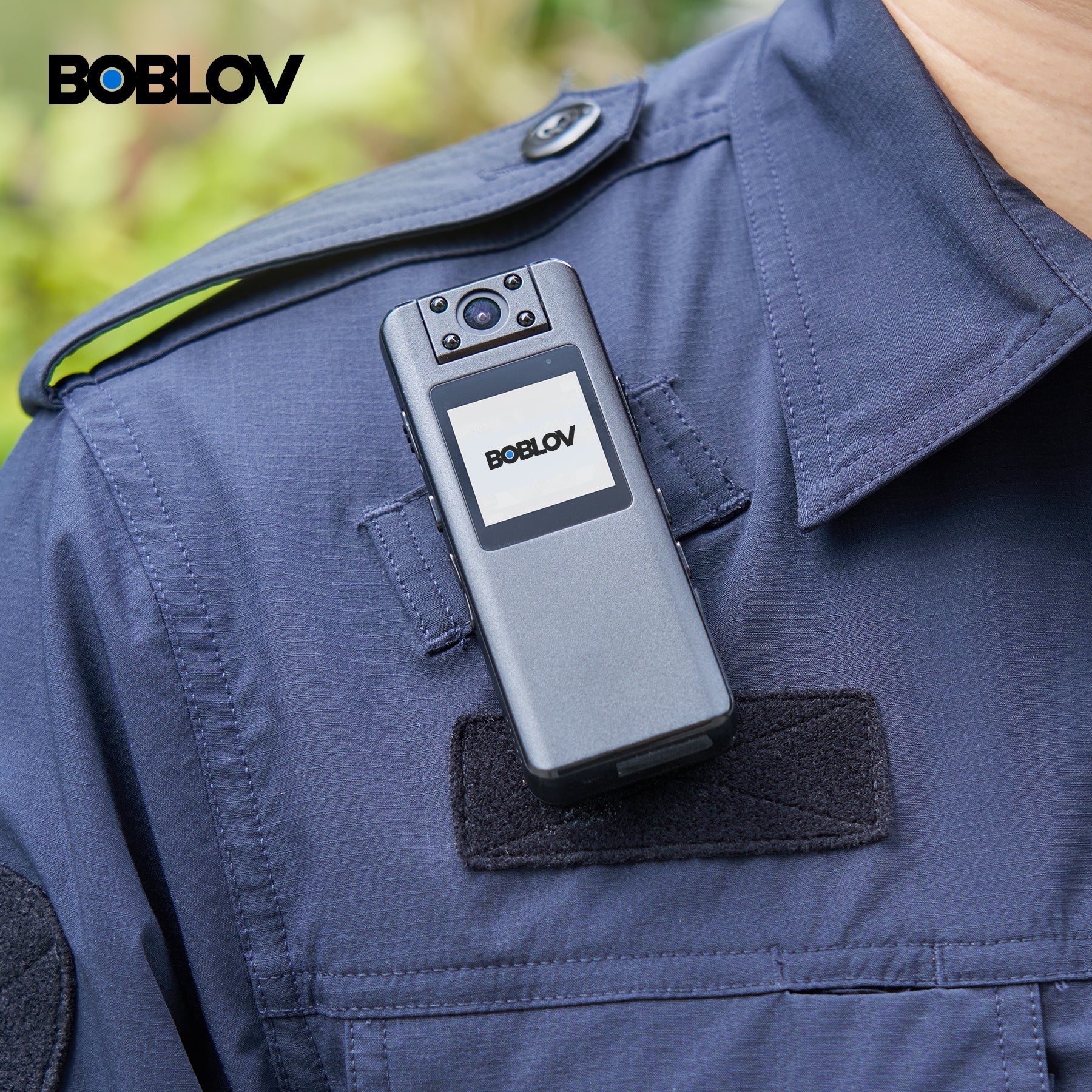The Evolution of Body Cameras in the American Law Enforcement Landscape
Historical Overview of Body Cameras in U.S. Law Enforcement
The history of body cameras in U.S. law enforcement is recent yet rapid. Early use began in the late 2000s. Small, clip-on cameras were first used by select police units. These devices aimed to record traffic stops and field sobriety tests. Their use has grown due to public demand for police transparency. High-profile incidents have spurred this demand. Bodycams have, thus, become crucial in the public eye. They offer a clear view of police and citizen interactions. Today, they're part of many police departments' standard gear.

Technological Advancements and Their Impact on Body Cameras
The use of body cameras has seen notable tech advances. These changes have vastly improved how officers capture interactions. Features such as HD video and live streaming now exist. Body cameras are also more durable and have longer battery lives. Moreover, they can now offer features like night vision and GPS tagging. These enhance the ways police work and collect evidence. The tech has also made it easier for agencies to store and manage large volumes of data.
Regulatory Changes and the Expansion of Body Cameras
Regulatory shifts have played a critical role in the broader adoption of body cameras across various U.S. law enforcement agencies. A more pressing demand for police accountability and public transparency has resulted in both state and federal policies aimed at regulating and encouraging the use of body-worn cameras. These policies often include guidelines on camera activation, data storage, and privacy concerns, balancing law enforcement's needs and public rights. Moreover, grants and funding from the government have enabled even smaller departments to equip their officers with these mini cameras. This proactive approach has seen an uptick in the implementation of body cameras, promoting a mutual trust with the community.
Analyzing the Role of Body Cameras in Modern Law Enforcement
Enhancing Accountability and Transparency with Body Cameras
Body cameras have become vital in modern policing. They help hold officers accountable. The cameras offer clear evidence of interactions. This leads to transparency and builds public trust. Body cams can deter officer misconduct too. They ensure actions align with department policies. Citizens feel more secure knowing interactions are recorded. Many agencies see body cams as essential for justice and fairness.
Body Cameras as a Tool for Training and Performance Evaluation
Body cameras are becoming key tools in training law enforcement officers. They provide real video examples of what officers face on the streets. This allows for better training sessions. Bodycams offer a way to review and improve officer conduct. They are used to analyze interactions with the public. Departments use this footage to coach officers. The goal is to enhance their decision-making skills. It helps in crisis situations too. This tool aids in creating more effective training programs.
Impact of Body Cameras on Community Relations and Trust
The introduction of body cams has reshaped police-public interactions. These devices offer a clear record of events. This transparency can build trust within communities. When people know officers are recorded, they may feel more at ease. It can also help solve disputes about police conduct. Yet, trust is complex. It can't hinge on technology alone. True trust needs good police practices and community outreach. Body cams are a step towards this goal. They show the police's commitment to fair, open practices.
Future Directions: The Integration of AI and Machine Learning
Innovative Trends in Body Camera Technology
The future of body camera tech sees AI as a game-changer. Advanced algorithms can now analyze footage in real-time. This helps officers spot critical events as they unfold. Facial recognition is one trend that's growing fast. It can identify suspects in seconds–this is a huge leap forward. Another trend is automated report-writing, which saves valuable police time. Also, bodycams with AI can assess risk levels during patrols or incidents. These trends point to smarter policing with AI at the forefront.
Privacy Considerations and Ethical Implications of AI-Enabled Body Cameras
AI-enabled body cameras are game changers for law enforcement. Yet, they raise important privacy and ethics issues. They use algorithms to process data in real time. This can include facial recognition or behavior analysis. As they become smarter, questions arise about surveillance and personal freedom. Who can access the footage? How long should it be stored? Can we ensure non-bias in AI interpretation? The answers are crucial for public trust. They guide how body cams are used responsibly. Law agencies must find a balance. They must protect privacy while boosting public safety.
Preparing for the Future: Law Enforcement Agencies and Body Camera Adoption
As law enforcement agencies gear up for the future, they're focusing on body camera adoption. This requires careful planning and resources. To prepare, they are:
- Assessing current policies to make sure they fit with new tech.
- Training officers on how to use AI-driven bodycams.
- Making sure there is enough money and staff to handle data from cameras.
- Working with the community to talk about privacy concerns.
- Checking that bodycams work well with other police tools.
- Staying on top of laws about recording and using AI.
With these steps, agencies plan to use camera tech to its full potential.




